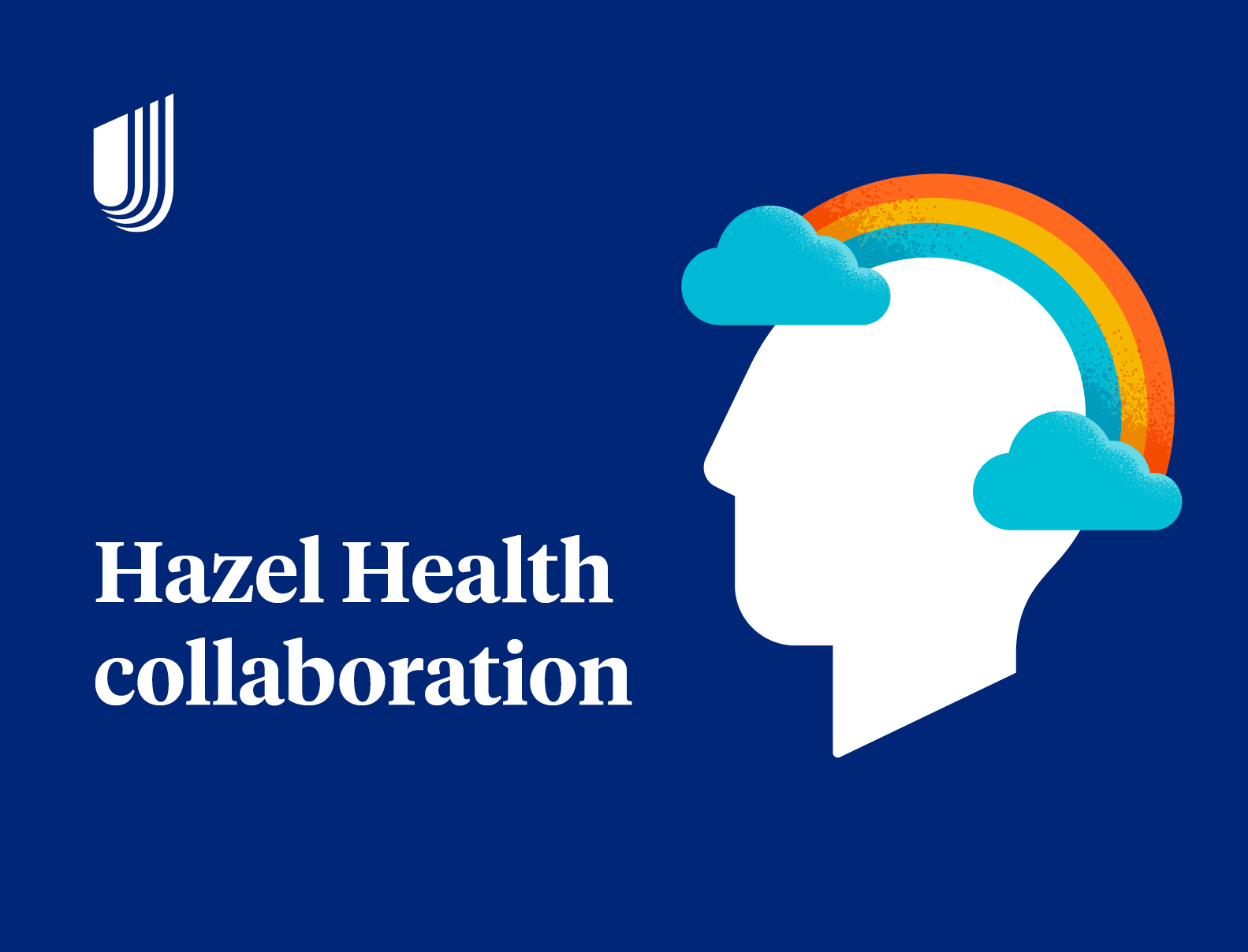Where and how a child lives can greatly impact their health outcomes. Not all children and youth in our country have access to quality and comprehensive health care, especially those with more challenging backgrounds. This includes the thousands of children currently being served in the child welfare or juvenile justice system who largely are all receiving their health care through Medicaid.
Every year, over 650,000 children and youth interact with the child welfare and juvenile justice systems.1,2 Many of these young lives cycle through various unstable living environments that include group homes, foster care, or institutional settings. This instability can have a significant effect on their health care, including their mental health. In fact, 70 percent of children and youth in the juvenile justice system have a mental health diagnosis.3 And, up to 80% of children in foster care have significant mental health issues, compared to approximately 18-22% of the general population.4,5
Many are also managing multiple physical health conditions. For example, youth in foster care have increased rates of trauma exposure estimated to reach 90 percent.6 Kids in foster care are also four times more likely to be prescribed psychotropic medications than other adolescent members on Medicaid. Additionally, 20,000 youth ‘age out’ of the child welfare system every year and, subsequently, must tackle their health and social needs challenges on their own. There exist disparities in the health outcomes for these young people given both the trauma they face along a health care system that is not always tailored to meet their unique needs.
To help meet these children and youth where they are, we support a delivery system model that serves children across all placements and living situations. This approach enhances care continuity, ensures freedom of choice is maintained for the member, and decreases the risk for duplication of costs to the system
The Medicaid system must also ensure that care provided to this population is coordinated, specialized, trauma-informed and culturally competent. Establishing a provider network that is culturally and linguistically congruent with these children and youth is essential. The network should support the provision of care in the community and meet the engagement needs, preferences and capabilities of those it serves.
Covered services for this population should be comprehensive and integrated. Services should include physical, behavioral, and SDOH/HCBS. This should include evidence-based and informed interventions that have been shown to support the unique and complex needs of the population.
UnitedHealthcare Community & State partners closely to support the overall health and well-being of children now and into the future. By acknowledging the unique issues of children and youth engaged with the child welfare and juvenile justice systems, we can help address the health disparities they face, improve their health outcomes, and better set them up for future success.
Read more from Nicole Truhe
Sources
- https://www.acf.hhs.gov/sites/default/files/documents/cb/afcarsreport27.pdf
- https://www.csp.edu/publication/trauma-children-in-foster-care-a-comprehensive-overview/#:~:text=Youth%20in%20foster%20care%20have,et%20al.%2C%202012
- https://ojjdp.ojp.gov/mpg/literature-review/mental-health-juvenile-justice-system.pdf
- https://www.ncsl.org/research/human-services/mental-health-and-foster-care.aspx
- http://www.hunter.cuny.edu/socwork/nrcfcpp/downloads/information_packets/Mental_Health.pdf
- https://www.childrensdefense.org/wp-content/uploads/2021/04/The-State-of-Americas-Children-2021.pdf












